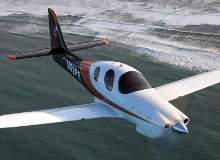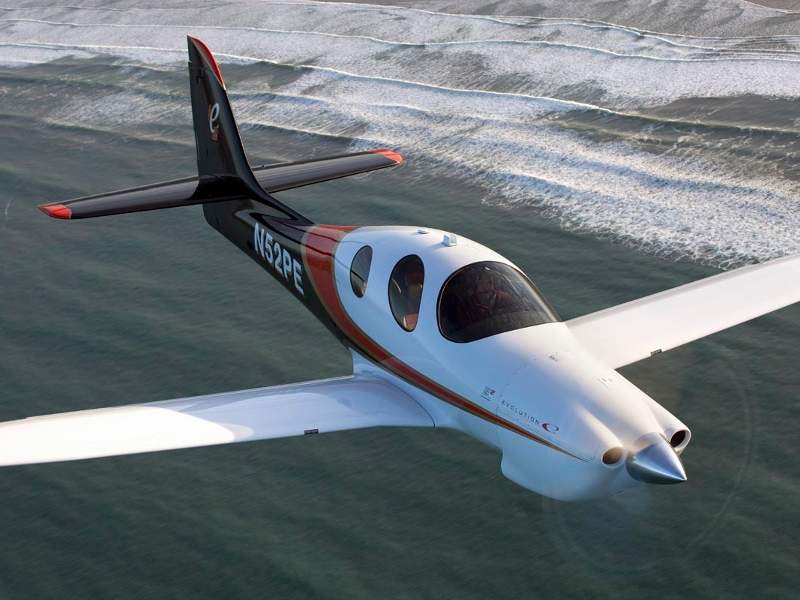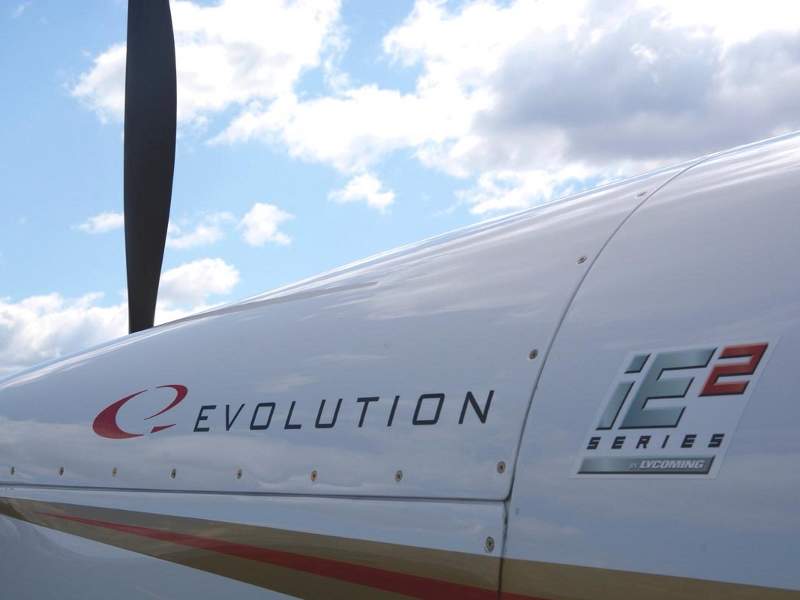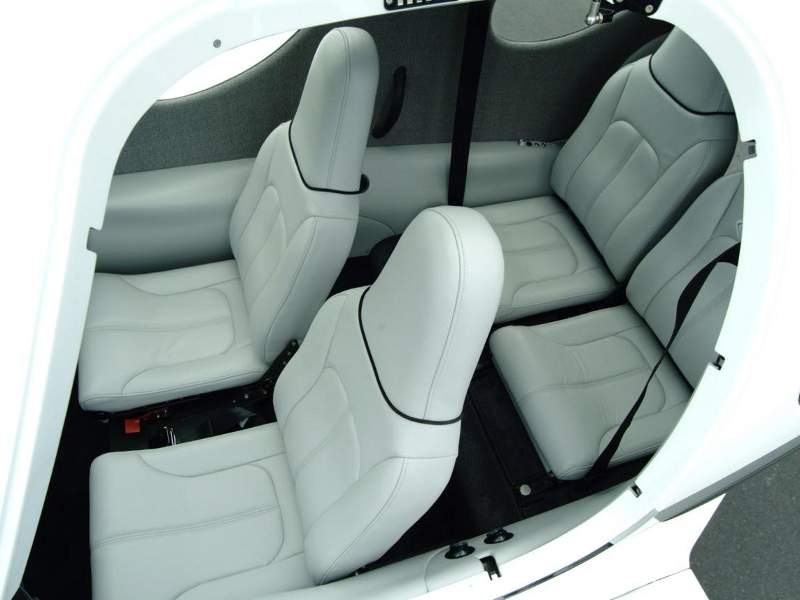Evolution, a four-seat piston-powered aircraft, was introduced by Lancair International in April 2016 at the Sun’n’ Fun International Fly-In and Expo in Lakeland, Florida, US. The first prototype of the aircraft was built in 2011.
The second model of the Evolution, powered by the Lycoming iE2 engine, was delivered to the customer in April 2016. The aircraft was designed to meet FAR Part 23 aircraft certification standards.
Design and features of Evolution piston aircraft
The Evolution Piston aircraft features a similar structure, materials, controls and systems kit as Lancair’s Turbine aircraft version. The new aircraft’s airframe is constructed with lightweight carbon fibre.
The wings and fuel tanks are also similar to those of the turbo version aircraft. The design was created using design software, aerodynamic modelling and solid works, as well as extensive finite element analysis.
The aircraft kit includes a firewall insulation blanket, complete landing gear and retract systems, wheels, brakes, and tires.
The aircraft is equipped with a ballistic parachute recovery system and electrical system, including a 28V dual battery, dual alternator, single bus system.
The external dimensions of the aircraft include a length of 30ft, height of 10ft and wingspan of 37ft.
Cabin, cockpit and avionics on Evolution piston aircraft
The Evolution piston aircraft accommodates four passengers in a 50in-wide cabin. It has a cargo space of 39ft³, which can carry up to 225lb of baggage.
The rear seats of the aircraft feature spacious leg and elbow room.
The aircraft is fitted with a Garmin G3X touch instrument panel integrated with large 10.6in high-resolution displays, which can be configured for split-screen mode. It features a sophisticated glass panel with complete flight management system (FMS).
Other avionics features include GEA24 engine monitoring, GMA245R remote audio panel, GSU 25 Attitude and Heading Reference System (AHRS), GMU 22 magnetometer and GTX345R transponder. Other instruments include a G5 Garmin standby instrument, Lancair touch environmental control system, precision vertical card compass and angle of attack (AOA) system
The avionics features further include ADS-B traffic, S-XM weather, synthetic vision, terrain avoidance system, bluetooth connectivity, L3 electronic back-up, touchscreen pressurisation, and heating, ventilation and air conditioning (HVAC) controls.
The aircraft can also be fitted with an optional Garmin G900X digital suite, which includes the GFC700 autopilot.
Engine and performance details
The aircraft is powered by a Lycoming YTEO-540 iE2 engine, which generates up to 350hp. The piston-powered integrated electronic engine (iE2) was developed and delivered by Lycoming Engines, a part of Avco Corporation.
The engine comes with full authority digital engine control (FADEC) and is driven by a Hartzell three-bladed propeller.
The aircraft has a fuel capacity of 168gal with a fuel flow of 23gph in maximum cruise and 12gph in economy cruise. It can fly at a maximum cruise speed of 242k and up to a maximum range of 1,800nm. It has an economy cruise speed of 210k and range of 2,500nm. It has an operating altitude of 25,000ft, initial rate of climb of 2,200fpm and average rate of climb of 1,375fpm.
The empty weight of the aircraft is 2,730lb and maximum take-off weight is 4,550lb. The maximum payload capacity is 720lb, whereas the minimum take-off and landing distance is 1,600ft.








